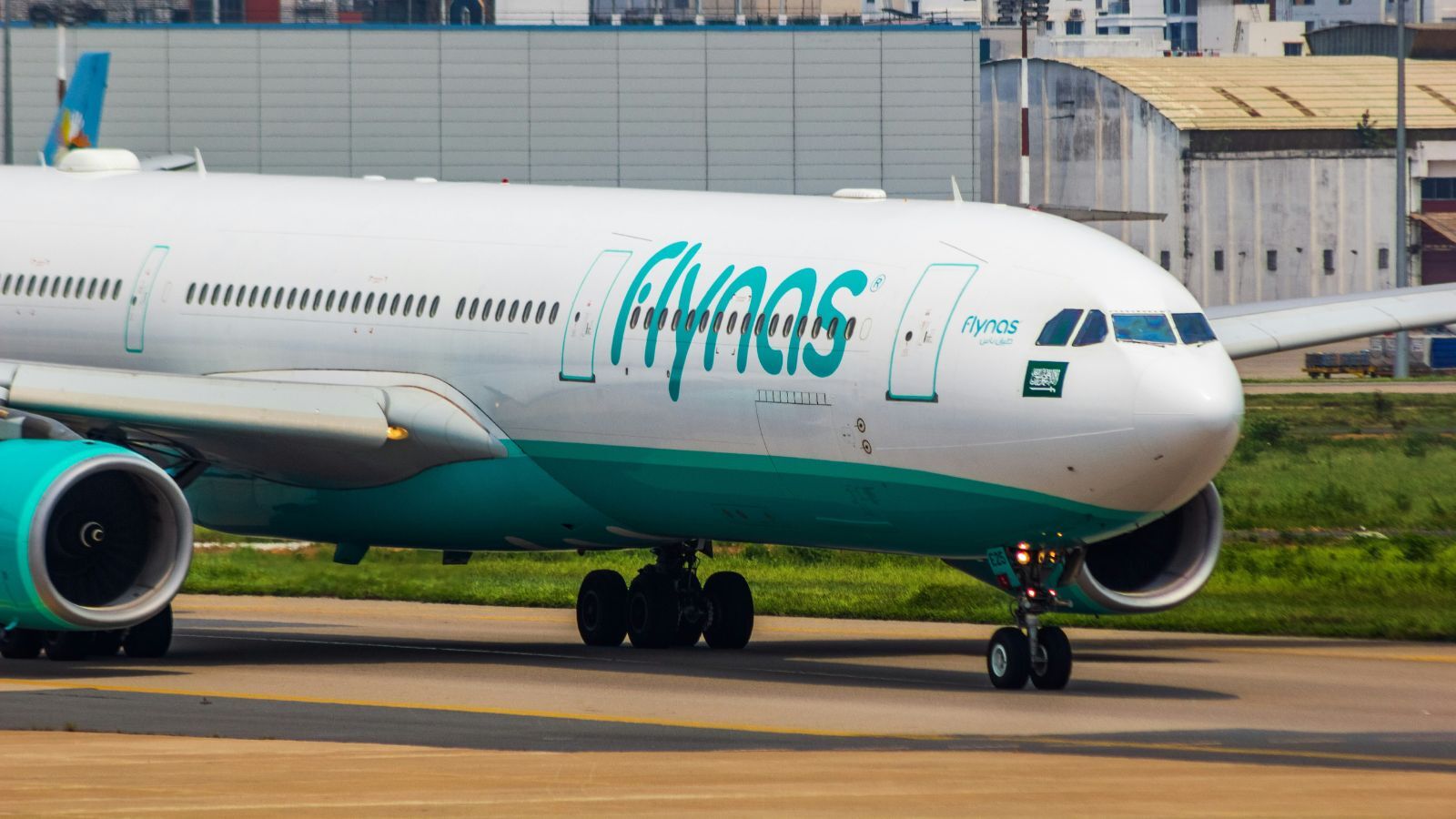The concept of long-haul low-cost airlines has been around for decades and in all its various shapes and forms, the one thing we can all agree on is that survival is a challenge! Low-cost airlines in the long-haul market face legacy carrier competition, challenges of seasonality and changes in consumer fashion. Despite those challenges, there are always new entrants ready to step up to the plate and try their luck. The latest attempt using an A380 to test the market may succeed but with high operating costs, the jury is certainly out on that one. But seemingly from nowhere, there has been a new development that may just be the right home and sweet spot for long-haul, low-cost services and it’s an interesting evolution of existing airlines.
The Middle East and Indian markets have become a hot spot for low-cost airlines, with a combination of independent carriers such as IndiGo and Air Arabia thriving alongside the subsidiary carriers of legacy airline groupings such as flydubai, flyadeal and Air India Express. Much of the development and expansion has been around narrow-bodied services; record aircraft orders from airlines capitalising on the combination of emergent markets, increased disposable income and relaxations in entry requirements to some countries. The growth in low-cost flights can be seen in the chart below which tracks growth since 2010 and highlights, on an indexed basis, how strong growth has been. India and Saudi Arabia will see over eight times as many flights this year as in 2010. In fact, each of the markets highlighted has at least doubled in the levels of low-cost frequency offered, with a five-fold average increase across the six markets.
The Compelling Case For Wide-bodied LCCs
Despite such growth, there’s still an appetite for more and the demand for LCC services shows no sign of slowing down. In just one example, one million new workers enter the Indian job market each month and large proportions of those workers are seeking overseas employment in surrounding locations such as the UAE and Saudi Arabia. LCCs have traditionally composed their fleets with narrow-bodied aircraft, but to meet that future demand and perhaps develop new markets, deploying fleets of wide-bodied aircraft may be a way forward; at least Indigo, flydubai, flyadeal and flynas all think so, although their identified markets may be slightly different.
With flyadeal announcing an order for ten A330-900s and flynas with an order for fifteen A330s from 2027 onwards, the two carriers are clearly aligning their expectations with the wider Saudi Vision 2030 project and two markets will be attracting much of that interest:
- The first is the expected growth in religious tourism to the country, with a target of 30 million Umra visitors by 2030, supplying the necessary capacity is a key part of the planning and an opportunity not to be missed by either airline.
- In addition, the ever-growing migrant worker markets of India, Indonesia and the Philippines have for many years been served by a mix of direct and indirect carriers. Characterised by year-round regular flows of traffic, these markets overcome some of the seasonality issues and since price is all-important, they are a natural step for the locally based carriers to enter in the coming years.
For flydubai, their hybrid position and connectivity with Emirates allows them to enter established markets with complementary services while also developing their own markets. Their first B787s are scheduled for delivery in 2027 (that may stretch to 2028 given current production issues), but the airline is already testing markets with long-haul sectors. Flights to Penang (2,483 Nautical Miles) and Krabi (2,696 Nautical Miles) currently operate with B737-Max aircraft, but ultimately are perhaps better suited to those new B787s. Other markets in South East Asia would seem obvious developments - Kuala Lumpur and Bangkok for instance - while Africa and CIS (Commonwealth of Independent States) markets may offer some lucrative destinations, especially if cargo contributions can be developed.
Capitalising on one of the fastest growing markets in the world, IndiGo’s venture into wide-bodied services is nearly here a year earlier than expected, with the launch of Manchester and Amsterdam services using wet leased Norse Atlantic aircraft joining existing services to Istanbul and Bangkok. For IndiGo there is an abundance of potential markets throughout Europe, the Middle East and South East Asia. Even one-stop LCC connectivity from Europe to Australia could perhaps happen.
Premium Opportunities For All Carriers
With the arrival of each airline’s wide-bodied fleets comes not just network opportunities but potential premium cabins and higher margins from that little bit of extra leg room and luggage allowance. flydubai already have a hybrid business class that works well, IndiGo has a “stretch” and flynas has a premium product already on offer. Selling some 30 seats each flight with a 50%+ mark up on the economy fares will certainly make the economics of wide-bodied services more attractive to all the airlines. Who knows, frequent traveller programmes or even a degree of interline connectivity may be possible by 2027.
All of which suggests that finally by 2027 there really will be a successful and growing market for low-cost, long-haul wide-bodied services and after all the previous attempts there may be a long-term demand for such services. But of course, only time will tell and as always in aviation external factors can change a market overnight!




